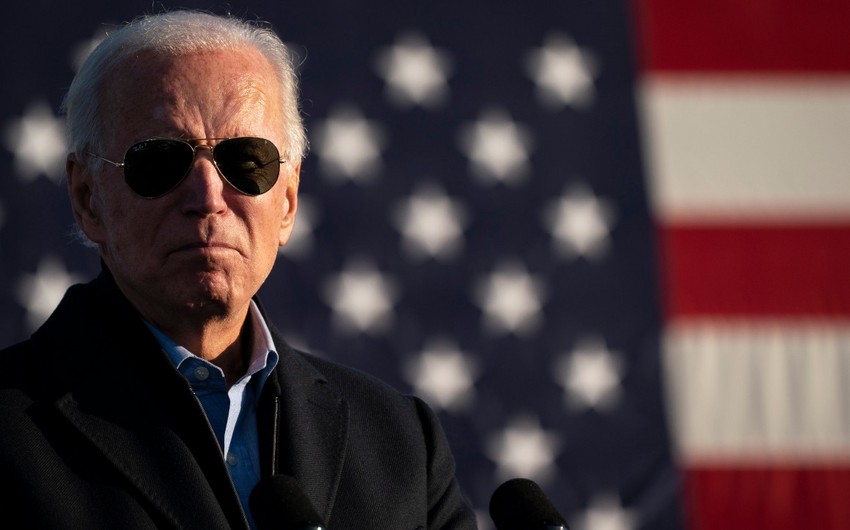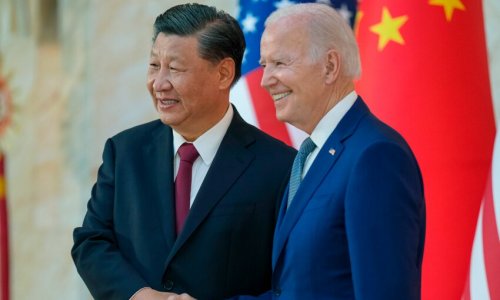The funding could be used to pay for critical weapons, supplies, and other equipment as Ukraine faces an artillery shortage, and comes as Russian forces have made small territorial advances in recent weeks.
Debate over utilizing a small amount of Pentagon reserves underscores the furious effort at the White House to find any possible support for Ukraine. But the possible funding is minuscule compared to the more than $61 billion in Ukraine assistance President Joe Biden has asked Congress to authorize, and White House officials have previously discounted their ability to tap additional resources for Ukraine’s benefit.
A final decision hasn’t been made yet, one of the people said.
The White House is focused on urging the US House to pass the national security supplemental, and aides continue to believe that if the speaker were to put the bill to a vote, it would pass overwhelmingly, a spokesperson for the National Security Council said. Biden is expected to renew that call Thursday night during his State of the Union address.
Ukraine warned its allies late in January that it was facing a shortage of shells and was being outgunned by Russia, and could have to ration resources across a frontline that stretches for 1,500 kilometers (930 miles).
European Union nations are currently working on a Czech-led plan to source about 800,000 rounds of ammunition for Ukraine from non-EU countries in the coming weeks, after failing to meet a pledge to provide Kyiv with a million artillery shells of their own by this month.
EU states provided about half the amount they committed to but have resolved to ramp up capacity to produce about 1.4 million units by the end of the year. Allies are also working to help Ukraine boost domestic production.
Russia has reached an artillery and refurbishment capacity of about 4 million rounds, according to some estimates, and has imported hundreds of thousands of shells and other armaments from North Korea and Iran.
www.anews.az
Follow us !











